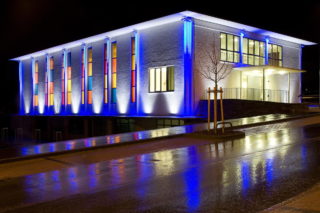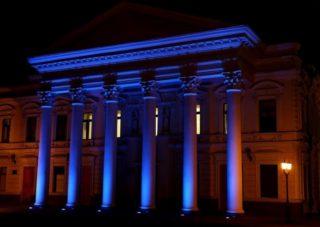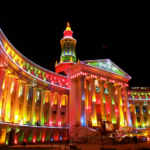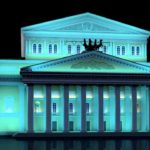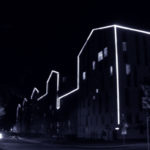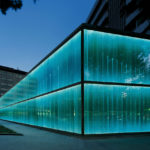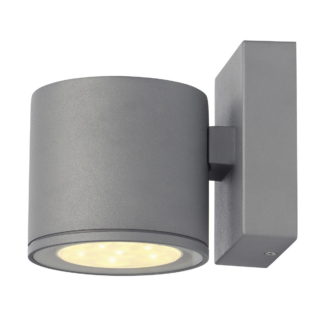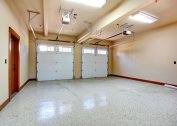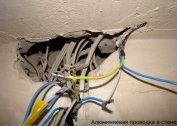Thanks to modern technology, designers embody the most daring ideas in the field of lighting. The facade lighting allows not only to emphasize the features of the building structure, but also to hide all the shortcomings.
Tasks of facade lighting of buildings
Facade lighting is a tool that creates an urban image, and also draws people's attention to shop windows, shopping and entertainment complexes and other public institutions. Architectural lighting of facades emphasizes the status and representativeness of organizations, brands, companies.
People working in real estate are convinced that building lighting is one big advantage. First of all, this is a marketing profitable move that increases the starting price of real estate.
Illumination for homes, offices and other buildings also ensures safe movement in the dark. If you invite a talented designer, he will be able to beat the usual and unremarkable exterior in such a way that the light will hide all the flaws and emphasize all the advantages. For example, niches, columns and various architectural forms are always distinguished.
Requirements for lighting outside the house
Before installing the equipment, designers evaluate the features of the building object - the geometry of the elements, in what style it is designed. It is important to take into account the location of the suburban cottage, since the lighting should fit well with the lighting of adjacent buildings.
The right choice and number of lighting fixtures is also important. When buying lamps, the following characteristics must be considered:
- total power;
- shade;
- a type;
- Colour temperature.
Not the last role in the design of the facade is played by the material that was used in the construction of the building. Glass surfaces, as well as metal and gloss reduce the brightness of the glow and can create glare. To avoid such unpleasant phenomena, it is required to correctly place lighting devices.
There is an important requirement for lighting buildings - installation should be carried out in such a way that each lamp is accessible for repair and, if necessary, to be replaced.
Norms and rules for lighting facilities
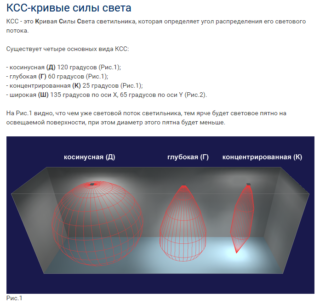 Lighting design of building structures has nothing to do with other lighting projects. Careful calculations are preliminarily carried out, after which it is already possible to proceed with the installation of the main working units and structures. Specialists take into account even slight bends, as an ordinary person might think, choose places for mounting boards and control systems, as well as areas for wiring.
Lighting design of building structures has nothing to do with other lighting projects. Careful calculations are preliminarily carried out, after which it is already possible to proceed with the installation of the main working units and structures. Specialists take into account even slight bends, as an ordinary person might think, choose places for mounting boards and control systems, as well as areas for wiring.
In Russia, there are regulatory documents governing the requirements for the installation and selection of lighting devices. All devices must be designed for installation on the street, and also have a KSS - light intensity curves. The angle of light scattering ranges from 10-60 degrees. They are placed in such a way as to be able to realize the designer's idea, and also to eliminate the likelihood of glare spots that can cause discomfort to others.
The main rules that are important to observe when planning architectural lighting:
- Given the importance of the building, the average brightness of the facades ranges from 3-10 cd / m2.
- The columns are illuminated with special narrow beams scattering the spotlight.
- The sculptures are distinguished using special metal halide lamps; they have a color rendering index of more than 80 units.
- Cornices are distinguished by linear fixtures, which themselves form a long luminous line.
Design is carried out using special computer programs. They reduce and simplify the work of designers, architects and electricians, as well as minimize the possibility of miscalculations. After preparing all the documentation with the project, they are sent to the regulatory authorities, after which they begin implementation.
Types of architectural lighting of building facades
There are a large number of methods for organizing outdoor lighting. Each of them has its purpose, as well as advantages and disadvantages. When choosing a method, the color and material of the cladding are taken into account.
Local lighting
Local illumination is used solely to enhance the aesthetic features of any part of the structure. It is possible to make accents, for example, on a balcony, windows, cornices, etc. This method is widespread in houses made of wood, as well as in buildings with ceramic granite cladding.
Local lighting is versatile and economical. The project is achieved through the installation of wall lights of moderate brightness in the required places of the facade. As a rule, LED lamps are used, which serve as an alternative to fluorescent lamps.
Flood lighting
This method is considered the easiest to implement. It is used to highlight certain objects or stand-alone memorial structures of small sizes. The essence of the method is the installation on poles or on the ground of floodlights that emit directional light. It is recommended to refrain from pouring in places where people live or work.
Contour lighting
The essence of the method is to organize lighting only along the contour of the walls of the building. This is an original and relatively new way of decorating architectural lighting. It is realized with the help of LED backlights in the form of rulers and ribbons, flexible neons are also actively used. A large number of luminous segments allows you to illuminate corners and other inconspicuous details of the facade.
Background fill
Using the background fill, it is possible to focus on the forms of the structure, but at the same time hide the details. A luminous background is created that darkens the silhouette of the building. The background fill of theaters, palaces and other majestic structures of large sizes looks spectacular.
Light facades
Lighting is used for buildings with solid glazing. The most common way to decorate the facades of shopping malls, office buildings, etc. Lighting sources are installed inside the building and sent to the glass. This approach allows you to design a dynamic or motionless lighting design.
To implement the project of dynamic lighting, special color-dynamic systems are installed, due to which the facade is highlighted in several colors. After a while, the shades and their intensity changes. For installation using point light sources, spotlights, tapes and diodes.
- Dynamic lighting
- Background fill
- Contour lighting
- Light lighting
Types of used fixtures
Almost all types of lighting devices are involved in architectural lighting. But they are presented with special requirements:
- The case is made of sheet steel coated with an anti-corrosion layer of aluminum or stainless steel.
- Ability to work in all weather and temperature conditions.
- Convenience and ease of maintenance.
- Full tightness of the case, there should be no additional connecting seams on it.
- High degree of moisture and dust protection. The indicator is not less than IP65.
- Fire and electrical safety.
- High resistance to mechanical stress.
The following varieties of light sources are designed for facades:
- accent;
- soil;
- point;
- linear.
For such lighting devices, LED, metal halide and fluorescent lamps are used. The former are considered the most preferred. Their advantage lies in their low power and high brightness, as well as their long service life. Diodes run smoothly at temperatures from -40 to +40 degrees. The main forms that diodes have are cords and rulers.
Lighting Design
The lighting project of a building construction includes several stages, during which it will be possible to clearly articulate all the necessary functional and financial needs. The following functional aspects are considered:
- Lighting model, on the display of which all calculations and parameters of the necessary illumination will be displayed in real time.
- Drawing up a plan for the installation of lighting elements.
- Selection of several types of lighting devices that will allow to realize the idea.
- Preparation of technical documentation, on the basis of which installers will carry out construction work.
The project allows to solve the following tasks:
- Strict installation sequence of each lighting fixture.
- Accurate calculation of the number of purchased lighting fixtures.
- Accounting for information on the amount of energy consumed.
The information received will allow you to decide whether the customer likes the option of lighting the building or not.
To implement the project, they turn to professional designers, architects and installers. The desire to save often leads to the opposite effect.
